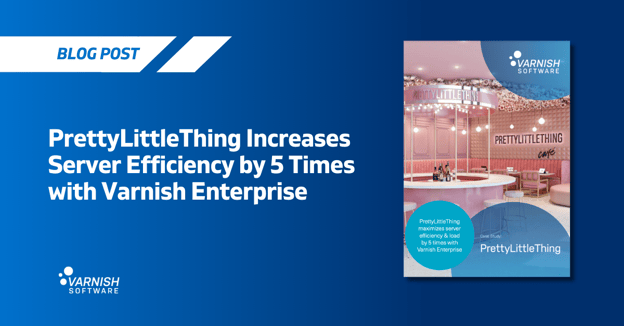I’ll let you in on a little secret. I started writing this post a year ago when 2016 dawned. You know how it is: when a new year begins, we tend to take stock, analyze, reflect and sometimes go back to basics. But we often drop the ball and don't finish everything we start. (What else are New Year's resolutions for?)
At the time, I stumbled across this article from Nieman Journalism Lab, and it hit home a lot of points that come up in relation to meeting the demand for fast and reliable content delivery and web content performance - and frankly, a whole year later, it still does. (It might even be more interesting to revisit now to see if the author’s predictions for 2016 came true.) Sure, the article deals with the messiness of adtech and focuses on journalism but the themes cross disciplines to carry us right back to one of the key considerations for businesses across industries, businesses and content providers: the user experience.
The user experience also takes us right back to basics as well. While the cited article chastises the visual pollution of web pages and admonishes the adtech industry for losing sight of the basics (page load times, putting barriers in the way of users who just want to reach selected content, etc.), but its title says the most important thing: “Cleanliness is next to godliness”, elaborated later with: “The results of that A/B testing are going to be clear: Fast, clean web pages cause people to stick around longer, read more stories, and generally build up much more loyalty to any given site.”
And how do we get to fast-loading web pages? Many factors contribute, as we know. At every level in one’s control, though, it’s possible to help ensure that performance is both fast and clean.
Performance has always mattered, and now we’re in a place (and in truth, we’ve been there for a long time) where “performance” is defined by many things: speed, scale, availability, API management, equal (or close to it) cross-platform and cross-device performance and user experience. All of it matters, but as has been discussed to death for a number of years, it’s all driving toward (especially for media publishers) mobile - mobile - mobile, where consumers increasingly go first for news and information, for shopping, for making arrangements and plans. “Once the public knows what’s possible, popular patience for the cruddiness of the mobile web will go very quickly from limited to zero.”
We’ve seen these trends and, as we wound down 2016 at Varnish, we were thinking about exactly these challenges, particularly on mobile. We launched several features in Varnish Plus specifically with mobile performance in mind: Edgestash edge-side processing and parallel ESI for significant performance gains. It wouldn’t surprise us if these challenges are also on your mind as you get to work in 2017.
We invite you to get in touch to discuss how Varnish Plus can help you deliver the best performance and user experience on any device. Get in touch directly or join us for our January 17th live webinar, 4 ways to speed up your web & mobile.

Meanwhile, all of us at Varnish Software wish you a relaxing new year, making sure you rest up for the high-performance demands of 2017. Happy New Year!
Photo (c) 2004 Bruce Fingerhood used under Creative Commons license.
/VS-logo-2020-197x60.png?width=136&height=60&name=VS-logo-2020-197x60.png)



